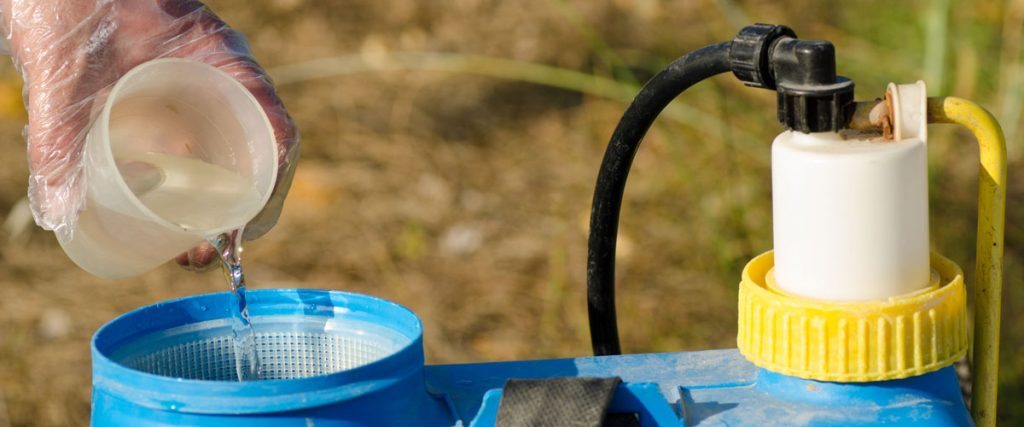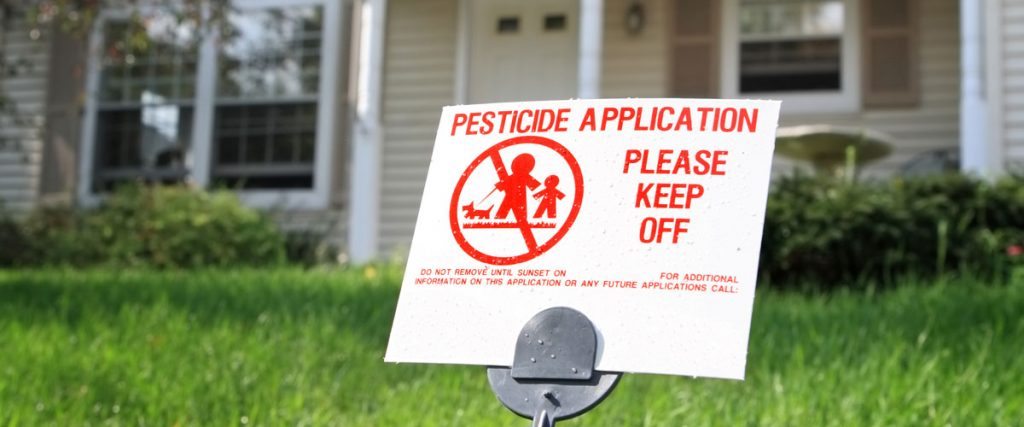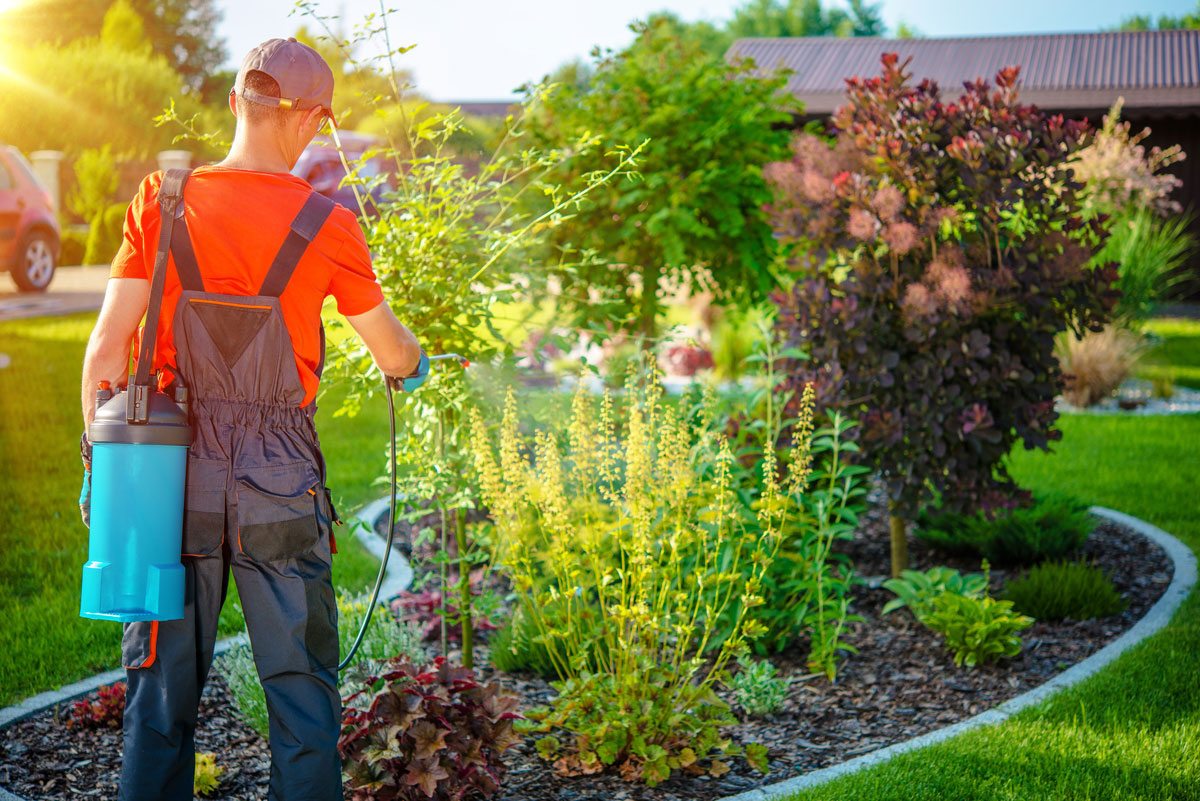Pesticides must be used with care and attention in order to be safe, powerful and cost-effective. For this reason, it’s often best to call in a pest control professional with expertise and years of experience in the best way to use these chemicals. But it’s almost inevitable that you will sometimes need to use pesticides yourself to deal with a minor pest nuisance. Follow these tips to use pesticides for the best results, while ensuring safety for you, your family and your pets.
1. Be sure to buy the right product.
Do some research beforehand and/or ask in the store for a product that is appropriate not only for your particular pest but for your home, as opposed to an industrial or agricultural setting.
2. Always read the label…
This sounds obvious, but sometimes the label contains instructions that you might be tempted to disregard. “Don’t use in windy conditions? Well, it’s a little breezy out…but what’s the worst that could happen?” A product that is deadly to fish could drift into the nearest waterway, that’s what. Or worse, it could blow into your eyes before you’ve had chance to read whether or not it is going to blind you. Read the instructions and follow them to the letter. Also check the expiration date and abide by it, as many pesticides become ineffective or dangerous after a certain period of time.
3. …including the warnings.
Again: it’s easy to be a little blasé about reminders that what you’re holding is a bottle of something extremely toxic. That’s why you bought it, right? But every pesticide is different: some give off lethal fumes under certain conditions; some can be absorbed through the skin; some are flammable. Be sure to check and double-check before use. Make sure you pay particular attention to the advice about dosage: some pesticides can be lethal to humans at only trace amounts. You’d never forgive yourself if your child or pet got into this stuff.

4. Choose your containers carefully
Never use kitchen containers or utensils to measure, mix or otherwise prepare your pesticides – you just don’t know if someone else is going to pick it up and use it without washing it sufficiently. If you need particular equipment to apply the pesticide, such as a garden sprayer, then mix it right in the sprayer’s reservoir so you don’t have to pour it from one container to another and risk harming yourself.
5. Prepare the amount of pesticide you need – and no more
Again, this is all about reading the label carefully: it will tell you how much pesticide you will need for the area you need to treat, and how much product you need to add per gallon or liter to make the pesticide you need. Follow these instructions with care, because a large quantity of leftover pesticide can be difficult to dispose of and dangerous to store – remember some pesticides may be a fire hazard as well as a poison. However, if you absolutely have to store leftover product, make sure it is sealed in a childproof container and label it clearly, including the date it was mixed and the expiration date.
6. Wear safety equipment where advised.
If the product you are using is likely to irritate your skin, wear old, long-sleeved clothes and rubber gloves. Put on safety goggles if the label advises you to do so. If you’re applying pesticide outside, wear rubber boots, as many pesticide products can be absorbed by leather or cloth shoes.
7. Be weary of your hands
Things like eating, drinking or smoking while using pesticides can lead to you accidentally swallowing some of the toxin if any residue is on your hands. Be sure to wash your hands thoroughly after removing your gloves and before touching anything else. If the product you are using is flammable, be sure no-one else in the vicinity is smoking either.

8. Keep out!
Once the pesticide has been applied, be sure no-one – including pets or livestock – can get into the treated area until it is safe to do so. Check the label for the applicable time period: if the product was applied as a spray, wait until it has dried.
9. Only use the product at the recommended intervals.
Using a pesticide more often than advised can cause a dangerous build-up of the product in your home or garden – or chemical resistance in the very pest you’re trying to get rid of. (Don’t forget, pesticide resistance is one of the causes of the bed bug resurgence in recent decades.) If the pest returns before it’s safe to re apply the pesticide, try a non-chemical pest control approach or call in a professional.
At-home pesticide use is usually more effective than non-chemical methods, and less expensive than calling in a pest control company: but you should always bear in mind that you are bringing toxic chemicals into your home environment, and they need to be treated with respect. By following these tips – and remembering to always read the label – you should be able to get the best out of your chosen pesticide product without putting yourself or anyone else at risk.

